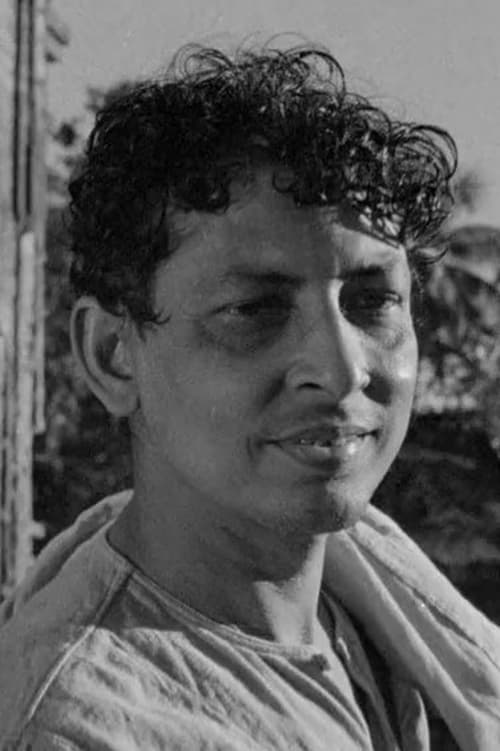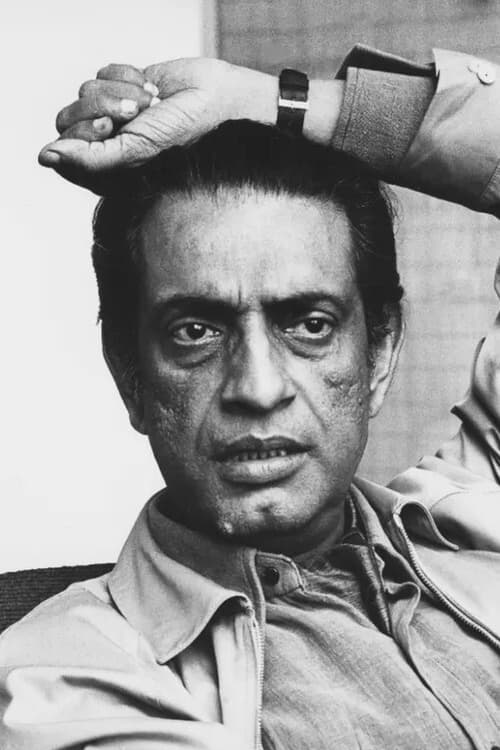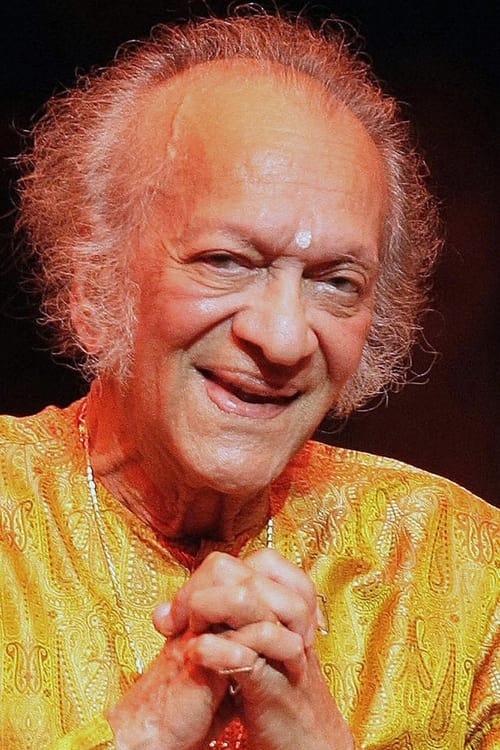Pather Panchali (La canción del camino) (1955)
Song of the Little Road
Género : Drama, Historia
Tiempo de ejecución : 2H 5M
Director : Satyajit Ray
Escritor : Satyajit Ray
Sinopsis
Narra la historia de una familia bengalí acuciada por la mala suerte. El padre, Harihara, es un sacerdote seglar, curandero, soñador y poeta. Sabajaya, la madre, trabaja para alimentar a su familia, que recibe con alegría y esperanza la llegada de un nuevo hijo, Apu. Es el primer film de "La trilogía de Apu".

Jim Clemens Collection No.4. A nostalgic look back at the railways of South Shropshire in the early 1960′s. After a visit to GOBOWEN and IFTON colliery in the north, the scenes south and west of SHREWSBURY are covered. A journey from WELSHPOOL to SHREWSBURY, most of it in Shropshire, is taken. Very rare 1932 footage of the SHROPSHIRE & MONTGOMERY RAILWAY shows LNWR 0-6-0′s, llfracombe Goods engines and petrol railcars between SHREWSBURY ABBEY, KINNERLEY and the CRIGGION branch. A comprehensive journey the whole length of the Severn Valley now follows via BERRINGTON, CRESSAGE, BUILDWAS and IRONBRIDGE. The line to LONGVILLE and MUCH WENLOCK is recalled as is the eastern side of the River Severn at DAWLEY and COALPORT in 1959.

Beginning where Part 1 left off at Stafford, we leave the West Coast main line to visit Stoke-on-Trent and the Churnet Valley to Caldon and Congleton which was visited with a Black 5. North to Stockport for extensive coverage of the area through Edgeley and the engines that visited the shed there. The end of steam at Manchester Piccadilly, retum to Crewe via Sandbach. The last ten minutes are spent at Crewe with not only LMS power in the form of Duchesses, Scots and Jubilees but the early electrics and diesels as well. An area covered in detail not seen before on a video.

A video for electric traction fans. Not entirely, for steam was seen occasionally on the route especially west of Dinting, But this is the story of ·the 1500v dc system across the Pennines from Sheffield to Manchester. Filmed mainly in the 1960’s, you will see the EM1’s and EM2’s as they were in their green livery as much as they were in blue towards the end. Passenger services are there throughout the route. Class 506 units are seen on the Glossop service and there is coverage of the EM2 class in Holland. All told a pretty comprehensive film of this period of electrification on an ex-LNER line. One day it may reopen again although not at 1500v dc!

Jim Clemens Collection No.22. An archive film of mainly steam on the lines of Cornwall including Western and Southern motive power. We follow the Great Western main line from SALTASH to PENZANCE, viewing the major stations en route including LISKEARD, TRURO, PAR, CHACEWATER, GWINEAR ROAD, St. ERTH and PENZANCE. There are visits to the LOOE, HELSTON, FALMOUTH, NEWQUAY and St. IVES branches and a visit to PAR HARBOUR for industrial steam and to NEWLYN harbour with narrow gauge diesels. BODMIN to WADEBRIDGE and PADSTOW on the Southern, including T9s. A 1960s visit to the FOREST RAILROAD at DOBWALLS near Liskeard. A complete journey on the last steam to Penzance, the CORNUBIAN tour of May 1964 with a 28xx and a West Country pacific.

An archive programme of the CREWE to HOLYHEAD route via CHESTER and BANGOR. Filmed from 1960 to 1967 with occasional 1980’s visits from preserved steam locomotives providing a contrast. Motive power is mainly London Midland Region with Western Region at Chester. Branches from the route include BIRKENHEAD via HOOTON, the DYSERTH branch from PRESTATYN, DENBIGH from MOLD and RHYL, BLAEANAU FFESTINIOG and TRAWSFYNDD from LLANDUDNO JUNCTION and the AMLYCH branch. The PORT PENRHYN slate quarries to BETHESDA and DINORWIC system are also seen with narrow gauge locomotives. Locations visited include CREWE, CHESTER, SALTNEY JUNCTION, FLINT, TALACRE, RHYL, ABERGELE, LLANDUDNO, LLANDUDNO JUNCTION, BANGOR, MENAI BRIDGE and HOLYHEAD. Motive power includes Princess Coronations, Royal Scots, Jubilees, Britannias, Black 5s, 8Fs, Standard Classes and early diesels of Class 40 and 47, usually in green livery.

A video covering the last section of the route of the CAMBRIAN COAST EXPRESS from ABERYSTWYTH to PWLLHELI and what could be seen in the area from the 1950s to the 1980s. We cover four narrow gauge railways, the Vale of Rheidol, the Talyllyn, the Welsh Highland (1964) and the Ffestiniog, and two miniature railways, the Fairbourne and Butlins, Pwllheli. We even cover the Aberystwyth Cliff Railway! The coast route would see steam and diesel motive power but this film is mainly steam with Standard Classes 4MT, Class 2MT, Class 3 2-6-2Ts and Class 4 2-6-4Ts, GWR 43xx 2-6-0s and Manor Class 4-6-0s, Ivatt 2MTs and even Class 4. The picture is completed by the reopening of Barmouth Bridge in 1986 and Electric Electric Class 37s.

A video featuring the line between MANCHESTER and CREWE. Particular emphasis is on the two places, one a city and the other a railway town. Filmed in the 1960s, steam traction predominates. MANCHESTER VICTORIA and the nearby MANCHESTER EXCHANGE stations were busy with passenger, freight and parcels traffic. It was at the foot of MILES PLATTING incline where banking often took place. At the summit was NEWTON HEATH shed and a visit is made there. The line from MANCHESTER PICCADILLY was electrified from 1960 but steam power existed here alongside the new AC electric locomotives. At the northern end, STOCKPORT kept steam until 1968 and as well as the station, EDGELEY shed is visited. We then travel southwards through CHEADLE HULME, WILMSLOW, GOSTREY and on to CREWE where a wide range of motive power is seen from 1962 to 1968; Princess Coronations, Jubilees, Royal Scots, Crabs and Jinties along with BR Standards, Stanier Black 5s and Stanier 8Fs.

The Bakerloo Line is one of London Underground's main arteries, connecting four of the capital's main line railway stations with the heart of London's West End. The southern terminus at Elephant and Castle consists of just two platforms, requiring fast turnarounds to provide the 3 minute service interval. Just under half the 14½ mile line is in tube tunnel, The 1972 stock trains (amongst the oldest running on the network) surface at Queen's Park. Roughly one in three continues to Harrow and Wealdstone alongside the West Coast Main Line. As well as seeing the entire route in real time from the driver's cab, we also peek inside the Bakerloo Line's signalling and control centre at Baker Street. The Waterloo and City line is LUL's smallest self-contained operation, running for just over 1½ miles between Waterloo and Bank.

The Southern Region s last steam-worked main lines from Waterloo to Salisbury and Weymouth are recalled on this all-colour programme which features cine film made between 1958 and 1967 by John Laird, Brian Robbins and Geoff Todd. After an extended opening sequence at Waterloo and footage of Nine Elms shed, we follow the former London & South Western main line down to Basingstoke. We head west from Worthing Junction to Salisbury before resuming our journey south through Eastleigh to Southampton. There follows some delightful scenes filmed in the New Forest including steam workings on the branch to Lymington. This brings us to Bournemouth where we see the town s two stations and the splendid yellow trolley buses which used to link them. Before reaching the end of our travels at Weymouth there are some superb scenes of trains labouring up the bank out of the town and coverage of a Channel Islands Boat Train on the famous Weymouth Tramway filmed in 1958.

Island railways have a particular fascination, none more so than those on the Isle of Wight. In this programme, produced from films made by railway enthusiasts who visited the island from the 1950s to the present day, we present aspects of the changing face of the island s railways over the last forty years. We begin with John Laird s 1964 films of the steam railway in all its glory with the coverage of the lines to Ventnor and Cowes. This is contrasted with the scene in the 1950s as portrayed in rare colour films made in 1953 on the soon to be closed lines from Brading to Bembridge, Sandown to Merstone and Newport and from Newport to Freshwater. The final steam sequences filmed by Geoff Todd and Derek Norman show the last years of steam operation on the island and the preparations for electrification. The Isle of Wight s new tube trains are shown at first on trial on the mainland, looking quite incongruous at locations such as Clapham Junction.

This programme offers much rare footage made on the railways of the south east of England between the 1930s and the 1960s. The films begin at London Bridge in 1931 with a Schools class 4-4-0 in original condition. Rare colour footage taken in 1938 at London Bridge and Sutton follows. A LBSCR 4-6-4 tank is then shown working a train between London Bridge and Norwood Junction. After sequences showing steam in action in 1931 at East Croydon, the scene shifts to Folkestone with both main line expresses and boat trains on the Harbour branch, in black and white from the 1930s and colour from the 1950s. Coverage of the Golden Arrow and other SR steam hauled Pullmans is followed by extracts from a 1939 cab ride on the electric Brighton Belle.

This programme begins with a trip up the now preserved Severn Valley line from Kidderminster to Bewdley. Both ex-GWR diesel railcars and steam locomotives are seen before we head across the River Severn to explore the branch to Tenbury Wells and Woofferton. Moving into Wales itself the programme then features the lines centred on Brecon which closed in 1962. Starting from Neath Riverside station, the former Neath & Brecon line is followed up to Brecon. The next section features the former Brecon & Merthyr system including the notorious 7 mile bank beyond Talybont on Usk, one of the most challenging inclines on a British railway. We then follow the line north from Talyllyn Junction near Brecon to Three Cocks Junction and on to Hay on Wye along the former Midland route to Hereford before going up the Cambrian line through mid Wales to Builth Road Low Level where this line passed under the Central Wales Line.

This programme sets out to offer a real feel of what it was like to observe the busy railway network of the Midlands in the last decade of steam operations. Not surprisingly, in an era renowned for its heavy industry, freight workings and the locomotives designed for heavy goods duties, play a prominent role in the proceedings. There is much coverage of the LNWR designed G2 class 0-8-0 tender engines, the last LNWR class to survive in any numbers. These engines are contrasted with their LMS built successors, the 8F 2-8-0s. Other types which feature in the films are Black 5s, Horwich Moguls, Fowler tanks, Jinties, Ivatt 2-6-0s and several of the British Railways Standard designs ranging from Britannia Pacifics to the Class 4 Moguls. These machines, often work stained and unkempt, are seen on a succession of coal and steel trains and long mixed freights, traffic flows which have either been shut down or nowadays go by road. Passenger traffic is not forgotten.

Few projects have stirred the imagination as much as the building of the Channel Tunnel. The sheer scale of the enterprise and the immense effort involved in creating the Tunnel, can only be admired. Aware of the historic significance of the project, Eurotunnel employed camera crews to film every stage of the work as it progressed. It is from this vast and hitherto largely unseen Eurotunnel archive that much of this programme has been made. Beginning with a brief historical survey of previous efforts to construct a fixed link across the Channel, the programme concentrates on the railway aspects of the project. The story of the construction of the Tunnel is interwoven with the vital role that railways played in its execution. The large narrow gauge railway network built to service the construction work is explored as is the building and testing of the locomotives and rolling stock which were to be used on Eurotunnel s Le Shuttle service.

An embittered journalist returns home to Hobart after losing his Melbourne magazine job. With nothing to do except think about his next move, he lands on the idea of writing a book about Tasmanian upper-order batsmen, and in particular the great man himself: David Boon. But soon he’s discovering there’s a lot more to his homeland than he once thought, and that everything he’s been searching for could be closer than he imagined.

"The End of the Line - Rochester's Subway" tells the little-known story of the rail line that operated in a former section of the Erie Canal from 1927 until its abandonment in 1956. Produced in 1994 by filmmakers Fredrick Armstrong and James P. Harte, the forty-five minute documentary recounts the tale of an American city's bumpy ride through the Twentieth Century, from the perspective of a little engine that could, but didn't. The film has since been rereleased (2005) and now contains the main feature with special portions that were added as part of the rereleased version. These include a look at the only surviving subway car from the lines and a Phantom tun through the tunnels in their abandoned state, among others, for a total of 90 minutes of unique and well preserved historical information.

Bruno, a Peruvian priest, comes to Buenos Aires after his church is set on fire. He meets up with Juan, an old friend he met in jail many years ago. Bruno is hoping to work in a Peruvian restaurant in order to send money back home, but his friend has other plans for him.

Una inquietante historia de amor de Robert Lund, el esposo de Zoe.

A young writer, John Hale, inherits a fortune and moves into an alleged-haunted castle with his servant "Rusty." He discovers the 'hauntee' to be Countess von Baden, hiding in a secret chamber with her son, whom the court has awarded to her divorced husband.
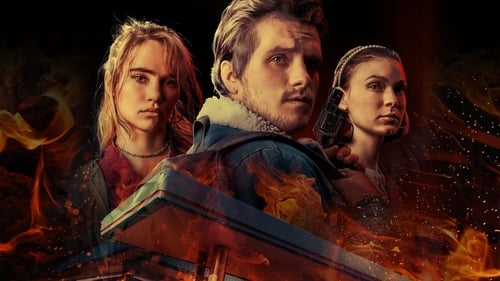
Un ladrón de poca monta trata de robar una gasolinera. Sin embargo, el empleado que allí trabaja no sólo logra defenderse, sino que además lo captura y lo hace su prisionero. Mientras espera a que llegue la policía, tanto él como el resto de trabajadores tratan de informarse sobre los motivos que llevaron al ladrón a entrar en el mundo del crimen.
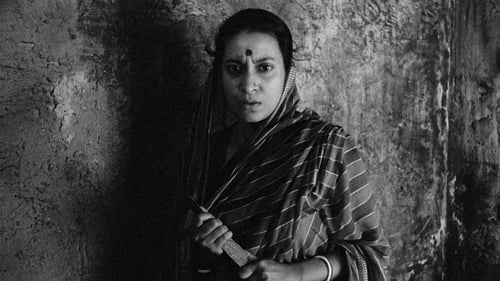
Relata la juventud de Apu en Benarés, su deseo de independizarse y estudiar en Calcuta para poder llevar una vida diferente a la que han conocido sus padres. Segundo film de la "Trilogía de Apu".
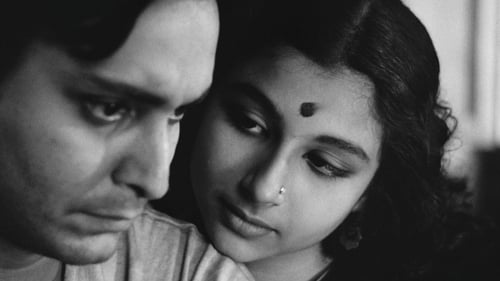
Apu, que ha logrado trágicamente su ansiada independencia, siente reforzada su ansia de conocimiento. Sus deseos de escribir, soñar y amar parecen cumplirse cuando conoce a Aparna y se casa con ella. Tercera y última parte de la "trilogía de Apu".
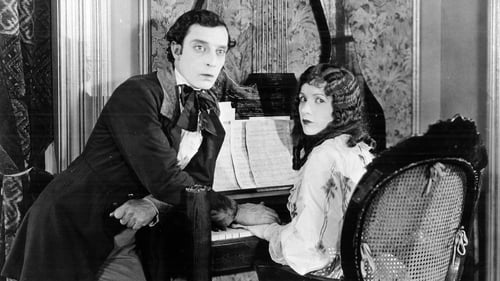
Los Canfield y los McKay han heredado una enemistad que ha pasado de padres a hijos durante muchas generaciones. Pero, por caprichos del destino, Willie McKay (Buster Keaton) coge un tren en Nueva York, en el que conoce a Virginia Canfield (Natalie Talmadge)...

Un equipo de rodaje llega a un pueblo del norte de Irán, en la región de Koker, devastado por un temblor de tierra, para realizar una película. Hossein, un muchacho del lugar, es contratado como ayudante del equipo y, además, se le asigna la interpretación de un pequeño papel. Casualmente, también colabora en la película una muchacha del vecindario, de la que Hossein está locamente enamorado, pero los padres de ella lo rechazan porque carece de recursos económicos.

Tras la Segunda Guerra Mundial (1939-1945), los soldados supervivientes, algunos con taras físicas, regresan a los Estados Unidos. Aunque al principio se les trata como héroes, poco tiempo después comienzan a verse marginados.

Chico (Charles Farrell) es un joven que trabaja en la limpieza de las alcantarillas de Paris. Diane es una chica muy desgraciada que es víctima de los abusos de su atrabiliaria hermana mayor. Un día, mientras ésta la golpea, Chico la rescata y se la lleva a vivir con él a su buhardilla, en el séptimo piso de un edificio de Montmartre.
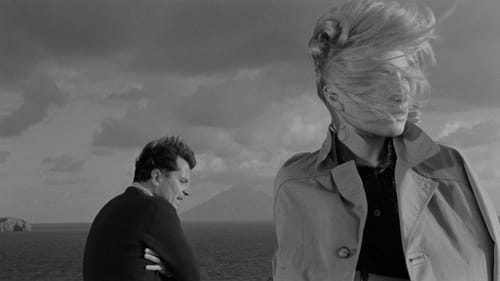
Anna, una rica joven romana, su novio y Claudia, su mejor amiga, se embarcan en un crucero veraniego entre las escarpadas islas sicilianas...
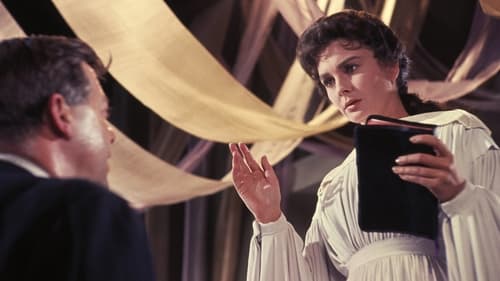
Elmer Gantry (Burt Lancaster) es un hombre atractivo, oportunista y extremadamente inmoral. El día en el que asiste, por casualidad, a una reunión religiosa se da cuenta de lo fácil que es ganar dinero como predicador y se convierte a la religión Evangélica. Junto con la hermana Sharon Falconer (Jean Simmons), Elmer pronuncia unos estremecedores sermones que le permiten conseguir fama y dinero. Sin embargo, un periodista (Arthur Kennedy) sigue sus pasos para desenmascararlo. La situación se complica aún más cuando reaparece en su vida una antigua amiga (Shirley Jones), que hará que Gantry se tenga que enfrentar a su turbio pasado.

Mary y Jim, dos solitarios personajes de la gran ciudad, se encuentran de casualidad en un parque de diversiones. Pasan el día juntos, recorriendo la playa y vistando los juegos mecánicos. De improviso, la multitud y una tormenta conspiran para separarlos. ¿Se volverán a ver? (FILMAFFINITY)
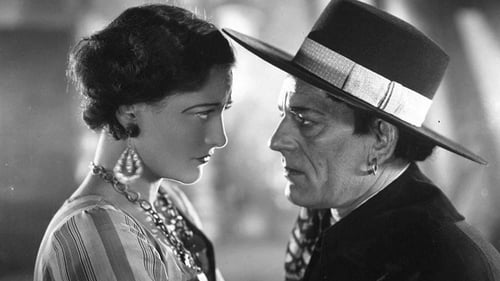
Alonzo es una de las atracciones del circo gitano de Zanzi. Aunque es manco, arroja hábilmente con los pies cuchillos contra Nanon, la bella hija de Zanzi. A la joven no le gusta que los hombres la manoseen, en especial Malabar, el hombre forzudo. Por eso se siente muy a gusto con Alonzo, pero éste no es quien dice ser.

Alemania, principios del siglo XIX. Kaspar es un enigmático muchacho que ha pasado toda la vida encerrado y aislado en una cueva: no conoce, pues, el lenguaje ni tiene capacidad para relacionarse con los demás. Cuando, en 1828, alguien lo abandona en Nuremberg con una carta para las autoridades locales, se convierte primero en una especie de atracción de feria y después en una curiosidad científica y social.

Historia de una joven perteneciente a una familia inglesa que vive en la India posterior a la guerra. Allí conocerá el amor por primera vez, la pérdida y todas las emociones propias de la bella y dura adolescencia.

Weronika vive en Polonia y tiene una brillante carrera como cantante, pero padece una grave dolencia cardíaca. En Francia, a más de mil kilómetros, vive Véronique, otra joven idéntica que guarda muchas similitudes vitales con ella, como su enfermedad y su gran pasión por la música. Ambas, a pesar de la distancia y de no tener aparentemente ninguna relación, son capaces de sentir que no están solas.

En París, un brillante y desquiciado cirujano rapta chicas con el fin de utilizar su piel para reconstruir la belleza de su hija, destrozada por un trágico accidente del que él se siente culpable.
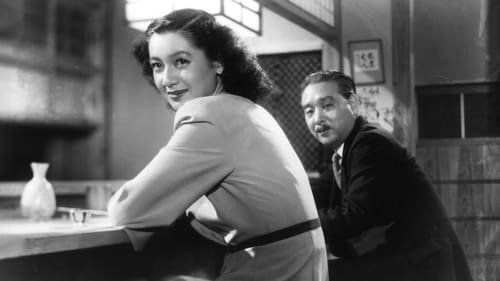
Somiya era un viudo viejo con una hija, Noriko, madura para el matrimonio, pero curiosamente sigue viviendo con su padre. Para hacerla cambiar de manera de pensar, Somiya finje tomar una esposa joven e intentar que su hija se de cuenta de su situación...
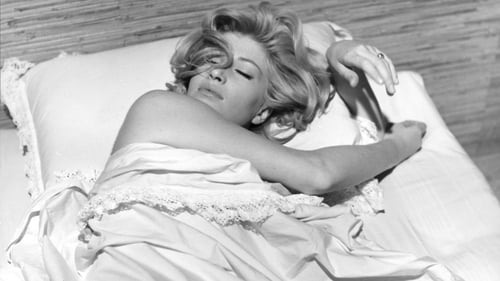
Vittoria (Monica Vitti), tras una acalorada discusión, decide romper con su novio Riccardo (Francisco Rabal). Mientras disfruta de su libertad en compañía de su madre, conoce a Piero (Alain Delon), un joven y atractivo corredor de bolsa, un seductor arrogante con el que mantiene un apasionado romance.
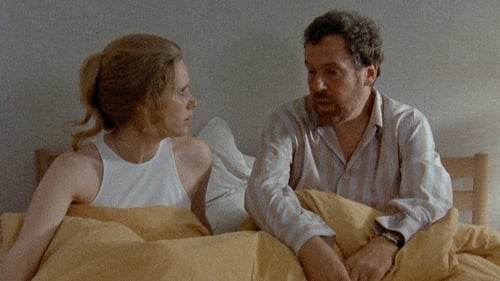
El matrimonio formado por Johan, profesor de psicología, y Marianne, abogada, recibe una noche en su casa la visita de sus amigos Peter y Katerina. Al poco tiempo, los invitados empiezan una fuerte discusión en la que los anfitriones intentan mediar sin éxito alguno. Cuando se quedan solos, Johan y Marianne empiezan a hablar de su matrimonio y de sus problemas.
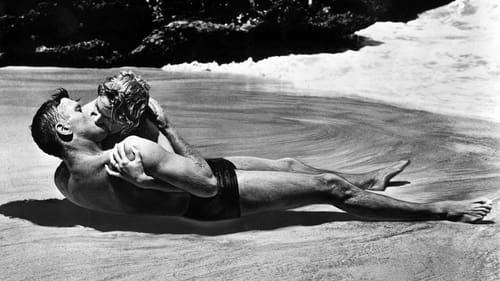
Al soldado Prewitt están a punto de concederle un traslado con el que abandonará Pearl Harbour. Pero el nuevo capitán Holmes le retiene con el pretexto de que es un gran boxeador. Los romances y los abusos están al orden del día en una base despreocupada por la Segunda Guerra Mundial. Sin embargo, el ataque japonés al enclave es inminente.
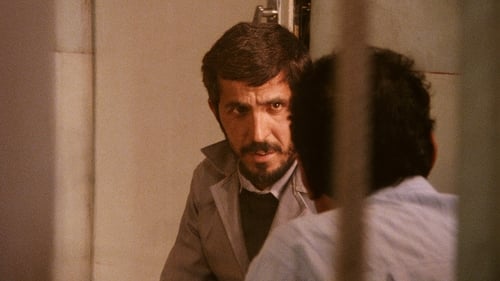
El iraní Abbas Kiarostami mezcla documental y drama a través de una historia en el que un fanático del cine finge ser el reputado director Mohsen Makmalbaf.
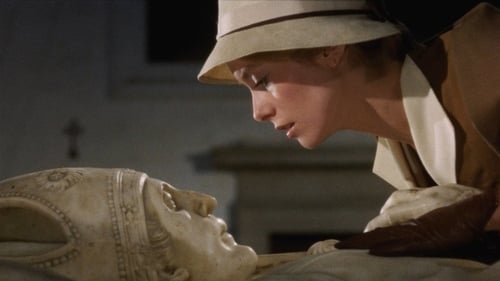
Don Lope ha acogido a Tristana en su hogar para cumplir una promesa hecha a sus padres. Pero la joven es muy hermosa y se convierte en la obsesión del anciano, que a fuerza de tiempo y de paciencia consigue sus favores. Sin embargo, cuando ella conoce a un joven pintor que la enamora, decide cambiar radicalmente el rumbo de su vida




